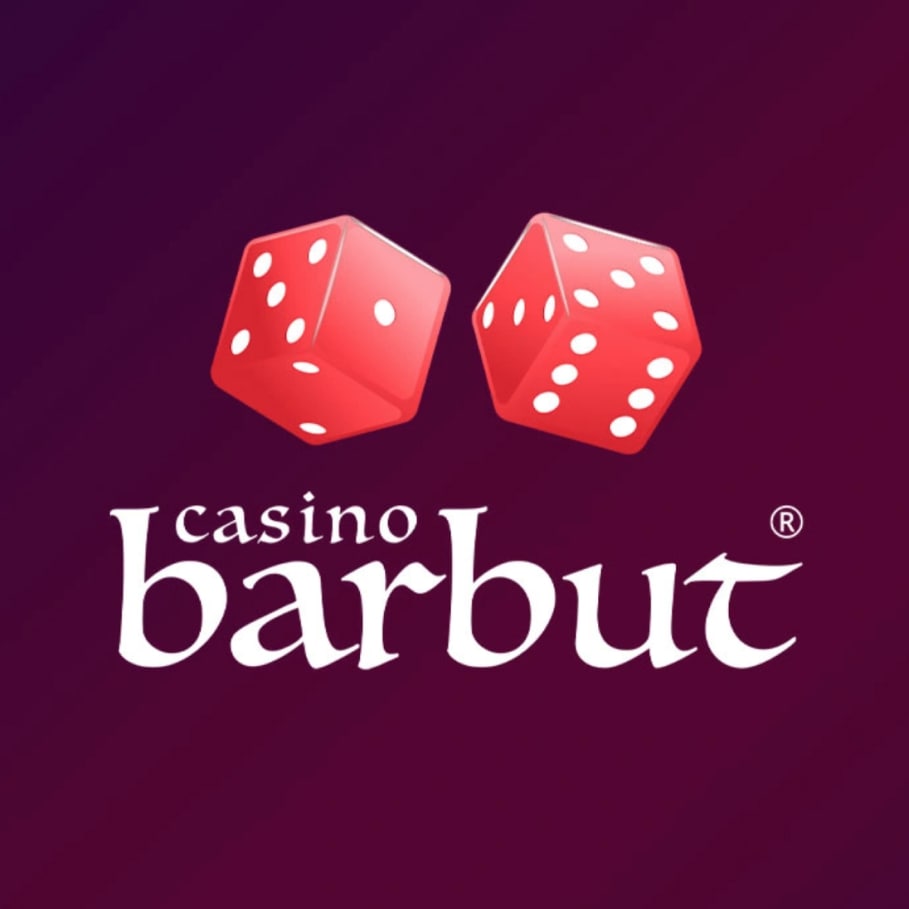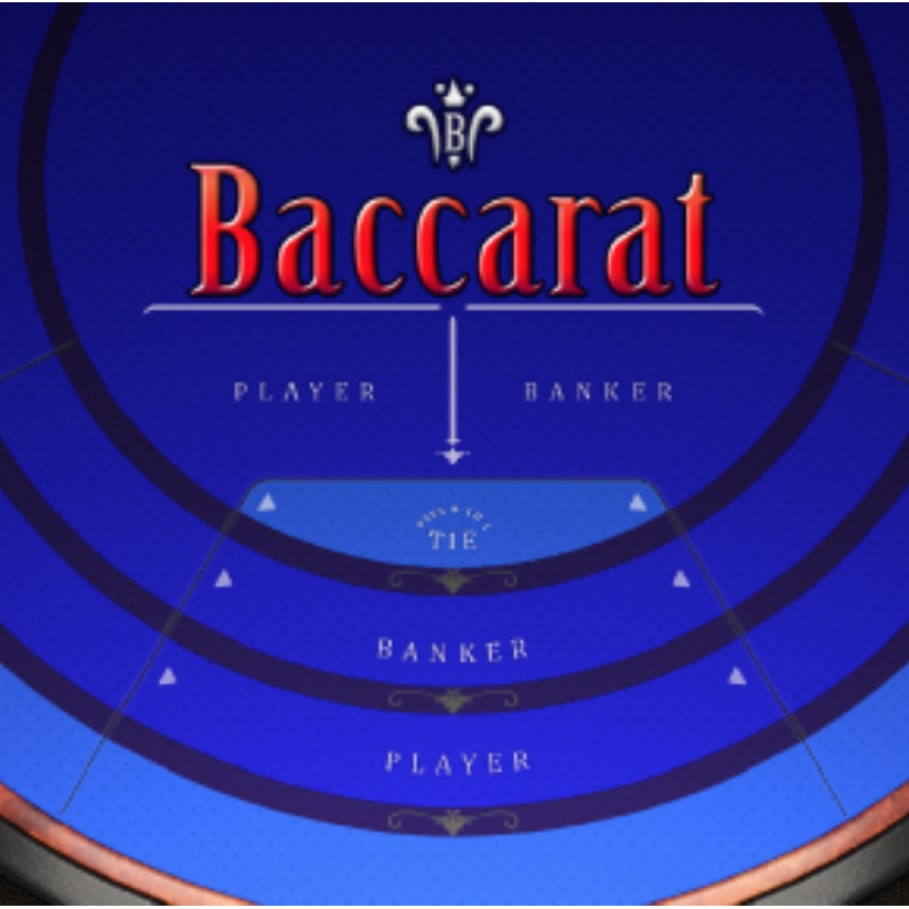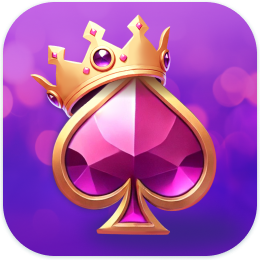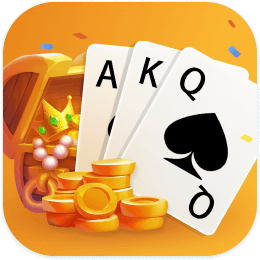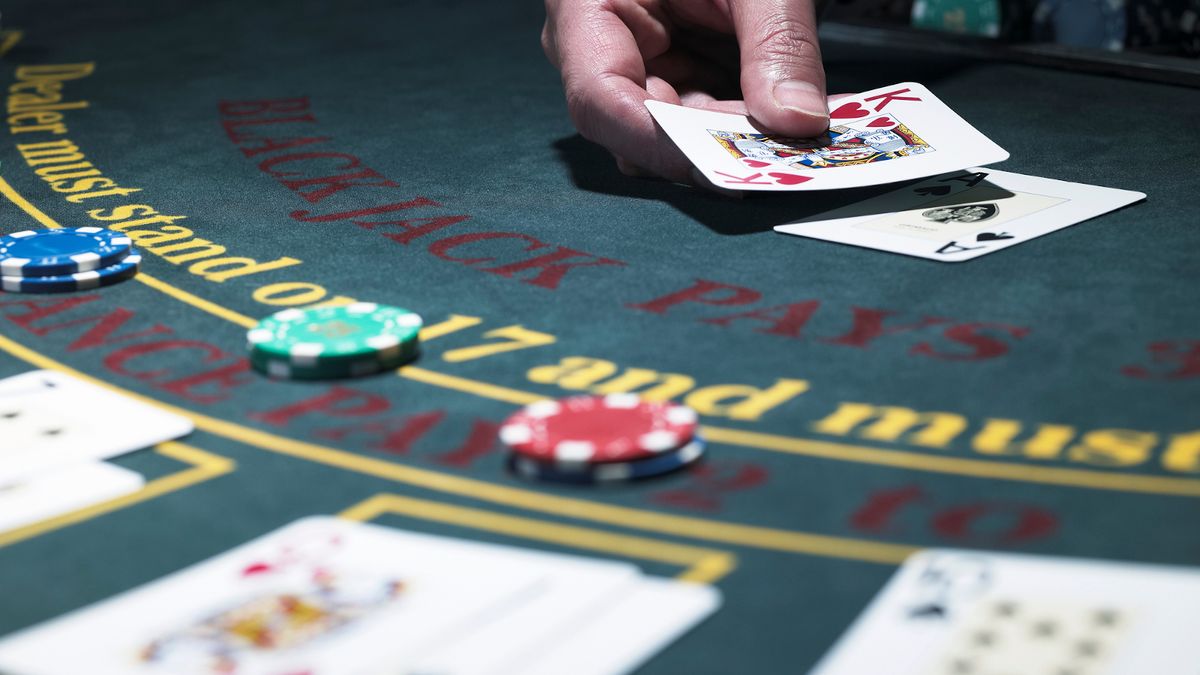Single Level Card Counting - GameMasterOnline.com
HomeBlackjackCard Counting SystemsSingle Level Card Counting
The first truly succesful counting system required the player to keep track of the ratio of tens to non-tens and that was difficult to master. This was the famous Thorp “Ten Count” which was detailed in his 1962 book, “Beat the Dealer”. (He was actually preceded by Alan Wilson who created the “Wilson Count” in 1958, but didn’t publish it until 1965). Once Thorp’s method was published, several scientists and mathematicians began developing ‘point’ count systems based upon his work. The most notable was Harvey Dubner who, in 1963, created a crude version of what he called the “High-Low” point system. Julian Braun of IBM Corp. perfected Dubner’s system into what we call today the Hi/Lo or Plus/Minus system.
Braun’s work was noticed by a college professor who uses the pseudonym “Lance Humble” and he contracted with Braun to perfect a system which had been published by Charles Einstein in his 1968 book, “How to Win at Blackjack”. The Einstein count did not assign a point value to the Ace and his didn’t count the 2,7,8, or 9 either, so the count remained ‘balanced’. (There is an equal number of high and low cards in a complete deck. I’ll cover ‘unbalanced’ counts later.) Braun’s development of this Ace-neutral count resulted in the Hi-Opt 1 count which was originally sold privately (for $200!!), then published in a book called “The World’s Greatest Blackjack Book” in 1980.
The Hi/Lo was refined by Stanford Wong in his 1975 book, “Professional Blackjack”, but even more importantly, Wong gave the reader the information needed to actually put it all into use. Jerry Patterson took Wong’s information in 1978 and created the first really good ‘school’ where the average person could learn all this stuff. Just to complete this brief history, Jerry Patterson is the one who taught me how to count cards; I was a student in his second-ever class.
How Effective is a Single-Level System?
Of course, it all depends upon how you define “effective”. If you go strictly by the ‘numbers’, then the best you can get from a single-level count is a 97% betting efficiency, a 63% playing efficiency and a 100% insurance efficiency (more on that later), though no one system provides all that. But effectiveness can also be measured in other ways: ease of learning and ease of use come to mind, for example. The single-level systems are rated very high in those categories, so your choice really boils down to what kind of game you play, whether or not you’re a pro, how much you bet and other factors. I’ll say this with great confidence, though: No category of counting systems has removed more $$$ from casinos than the single-level counts.
The Primary Single-Level Systems
I have chosen 4 single-level systems to examine here. There are others, but my criterion was that there had to be available, at a reasonable cost, all the information a prospective user may need to effectively learn and use the system. This basically means that there has to be a book or software program currently in print which will give you the basic strategy variations, side-count information, etc.
The Hi/Lo
Point Values: 2-6 = +1; 7,8,9 = 0; 10, A = -1Betting Efficiency: 97%Playing Efficiency: 51%Insurance Efficiency: 79%
Most Effective: In games where a minimum 1-8 bet spread can be achieved. Good Points: Easy to learn; easy to use for long playing sessions Bad Points: Not accurate in identifying opportunities to vary from basic strategy The Book to Buy: “Professional Blackjack” (1994 edition) by Stanford Wong
Uston Advanced Plus/Minus
Point Values: 3-7 = +1; 2,8,9 = 0; 10, A = -1Betting Efficiency: 95%Playing Efficiency: 54.7%Insurance Efficiency: 79%
Most Effective: In games where a minimum 1-8 bet spread can be achieved. Good Points: Easy to learn; easy to use for long playing sessions. Bad Points: Not accurate in identifying opportunities to vary from basic strategy. The Book to Buy: “Million Dollar Blackjack” by Ken Uston
Hi-Opt 1
Point Values: 3-6 = +1; 2,7,8,9,A = 0; 10 = -1Betting Efficiency: 88%Playing Efficiency: 61.5%Insurance Efficiency: 85%
Most Effective: In games where a large bet spread cannot be achieved, especially single-deck.Good Points: Easy to learn, adapts well to multi-parameter counting. Plus, if you are being observed by a casino employee and that person is counting with the Hi/Lo, s/he may be confused by your count.Bad Points: Requires a side count of Aces to be really effective; that’s difficult to do in multi-deck games.The Book to Buy: “The World’s Greatest Blackjack Book” by Humble & Cooper
The Canfield Expert Count
Point Values: 3-7 = +1; 2,8,A = 0; 9,10= -1Betting Efficiency: 86%Playing Efficiency: 62.3%Insurance Efficiency: 85%
Most Effective: In games where a large bet spread cannot be achieved, especially single-deck.Good Points: Easy to learn. Plus, if you are being observed by a casino employee and that person is counting with the Hi/Lo, s/he may be confused by your count.Bad Points: Requires a side count of Aces to be really effective; that’s difficult to do in multi-deck games. Also, I’m not totally certain that the book is still available.The Book to Buy: “Blackjack Your Way to Riches” by Richard Canfield
The Insurance Count
I threw this in because, while at first glance it doesn’t appear to be a single-level count, it basically is. The value of this count lies in using it with a playing partner where you both sit at the same table. One person uses a conventional count for betting and playing purposes and the other uses this count for insurance bets.
Point Values: 2,3,4,5,6,7,8,9,A = +4; 10 = -9Betting Efficiency: 72%Playing Efficiency: 62.1%Insurance Efficiency: 100%
Most Effective: For insurance bets in single- and multi-deck games.Good Points: Fully exploits the insurance bet which is the singlemost important basic strategy variation.Bad Points: While it can be used on its own as a ‘conventional’ count, its betting efficiency is lacking. So, it really requires a second player.The Book to Buy: None; just insure when the true count is 16 or higher.
Just so you know where I’m heading with this, here’s a list of forthcoming chapters listed in the order in which they’ll appear:
Second-Level Counts Third- and Higher-Level Counts Computer-Level Counts Multi-Parameter Counts Unbalanced Counts
I’ll probably toss in a final chapter covering any counts or counting methods which don’t get covered by the above.
See you here next time.
Use these Blackjack Strategy Charts to learn the correct decision for every hand. Basic Strategy is the first step to beating blackjack with card counting
This site only collects related articles. Viewing the original, please copy and open the following link:Single Level Card Counting - GameMasterOnline.com












